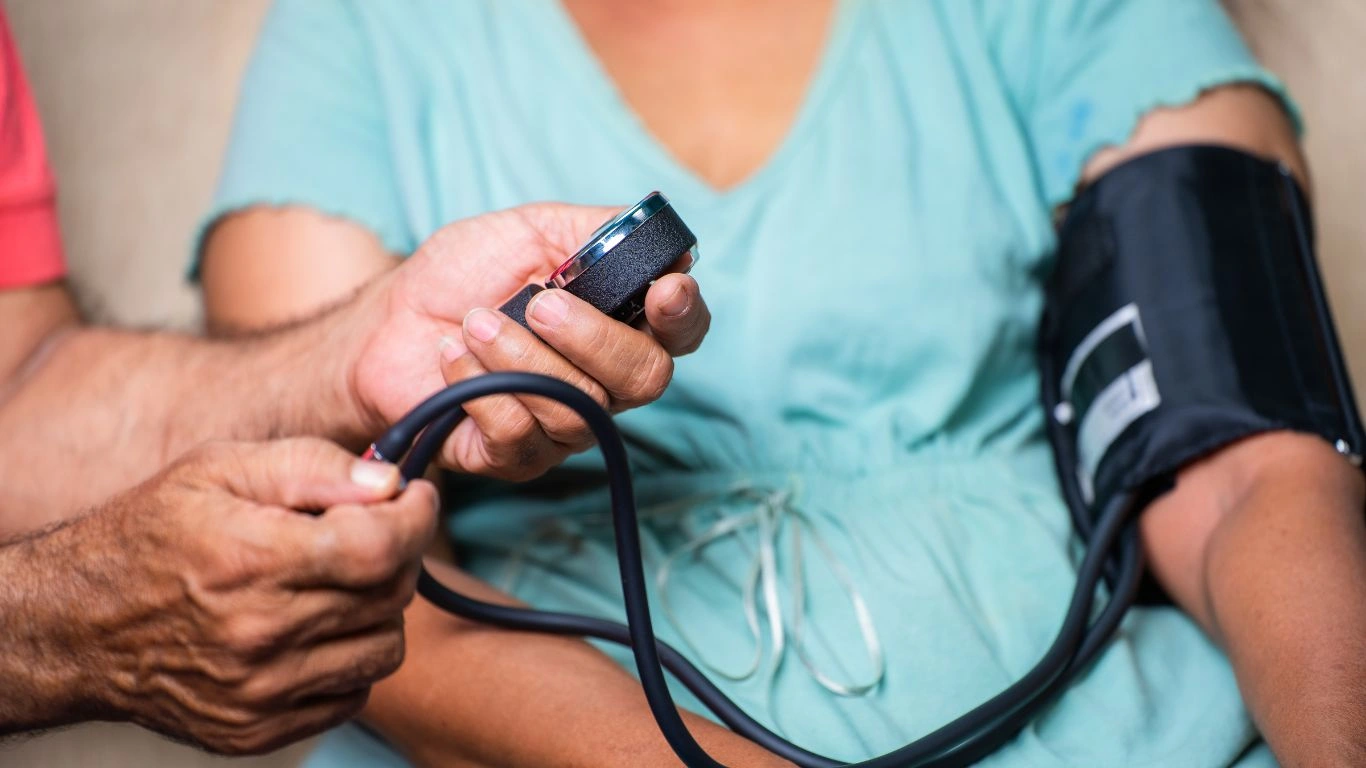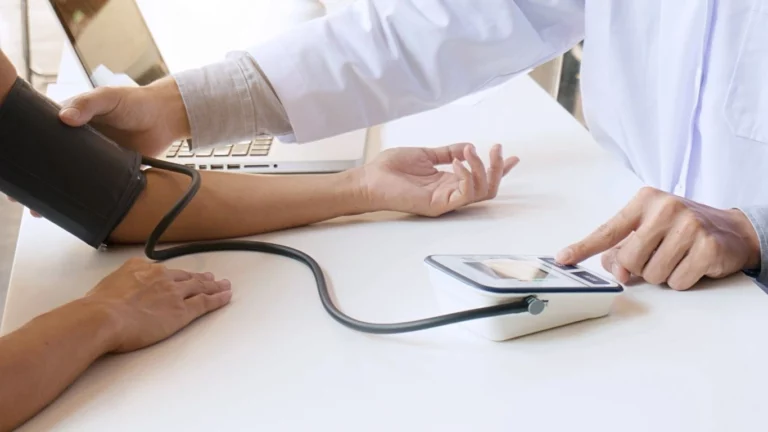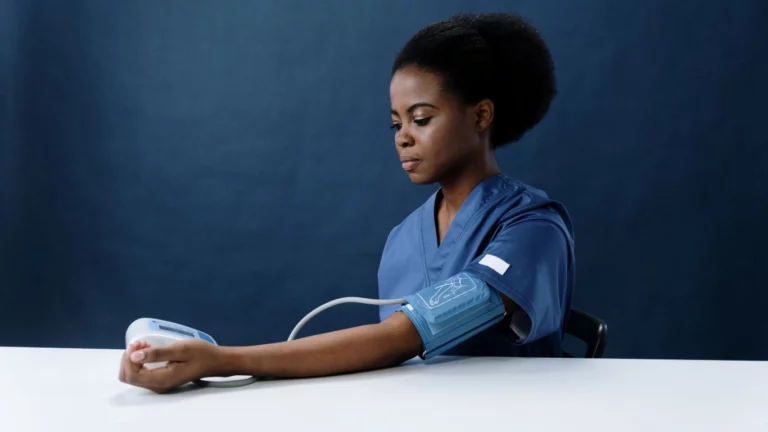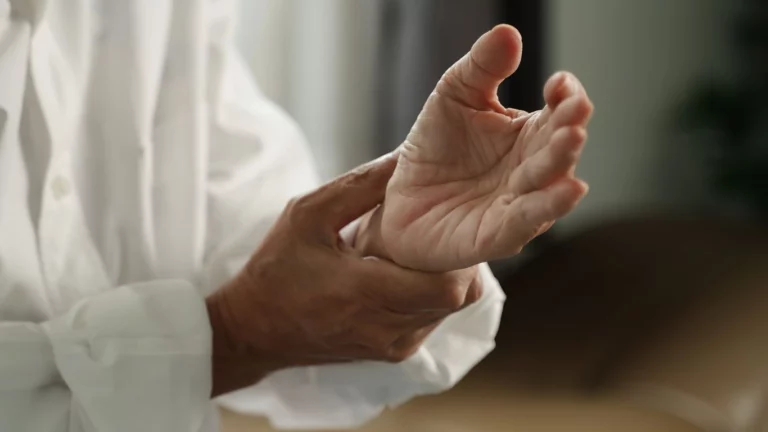How Cycling Impacts Blood Pressure Health – A Deep Dive
So, you’ve heard cycling can improve blood pressure, but how exactly does it work? Let’s dive into why hopping on your bike might be one of the best things you can do for your heart!
Cycling isn’t just a great way to get around; it’s a fantastic cardio workout that can help lower blood pressure, boost heart health, and make you feel like a million bucks. Whether you’re cruising through a park or powering up a hill, the benefits are clear. But, how does it actually work? And what do the experts have to say about cycling and blood pressure health? Let’s break it down.
What’s the Deal with Blood Pressure?
Before we talk about cycling, let’s quickly go over what blood pressure is and why it’s important. Blood pressure is the force your blood exerts against the walls of your arteries as your heart pumps it around your body. It’s measured in two numbers: systolic (the top number) and diastolic (the bottom number).
- Normal BP: Less than 120/80 mmHg
- Elevated BP: 120-129/
- Hypertension Stage 1: 130-139/80-89 mmHg
- Hypertension Stage 2: 140+/90+ mmHg
High blood pressure (or hypertension) is a major risk factor for heart disease, stroke, and kidney problems. Managing it is key to staying healthy long term. 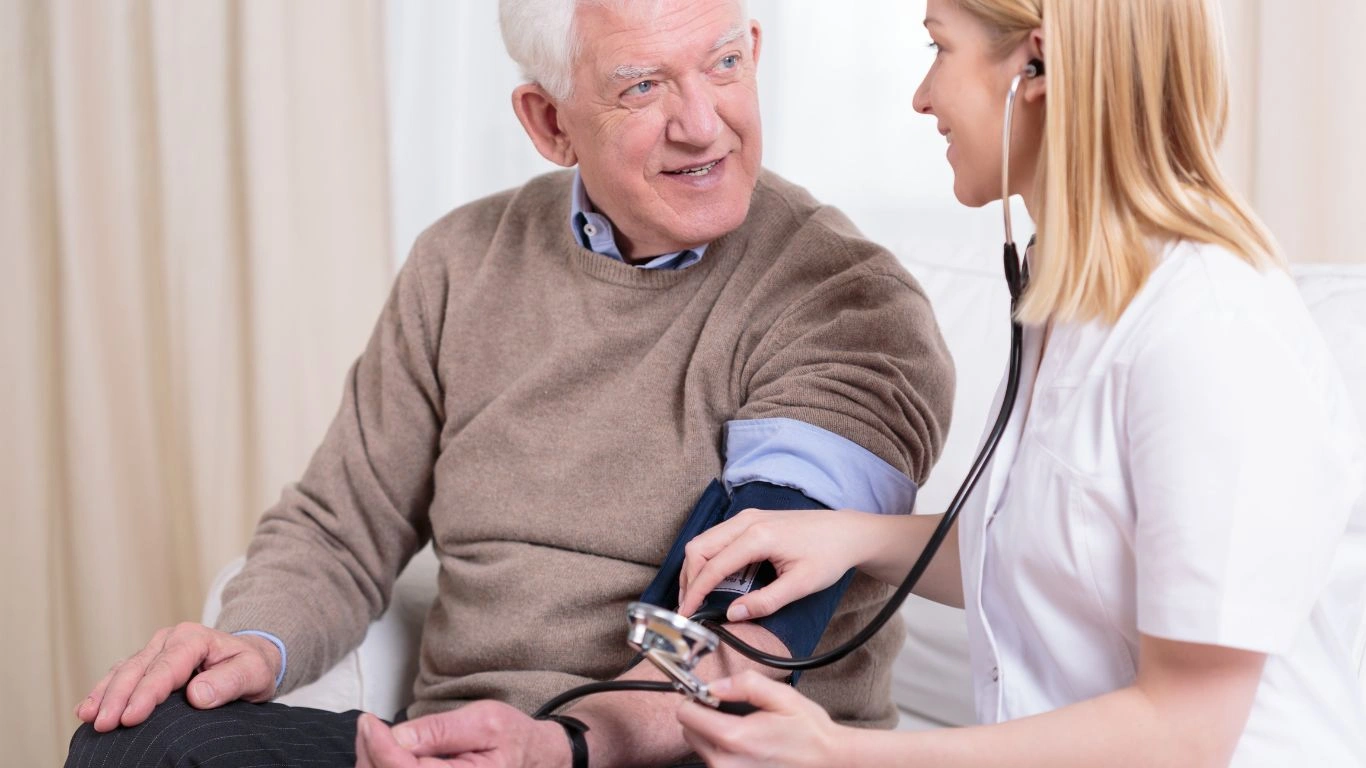
How Does Cycling Help Lower Blood Pressure?
Now, here’s the good stuff—how cycling actually works to improve your blood pressure:
1. Increases Heart Efficiency
When you cycle regularly, your heart becomes more efficient at pumping blood. Think of it like giving your heart a workout. Over time, it can pump more blood with less effort, which helps reduce the pressure on your arteries. This means lower blood pressure, especially during rest.
2. Boosts Blood Flow
Cycling helps improve circulation and the health of your blood vessels. The rhythmic movement improves blood flow and helps your arteries stay flexible, which means they don’t have to work as hard to pump blood throughout your body.
3. Burns Fat and Reduces Weight
Extra weight, especially around your abdomen, can increase your blood pressure. Cycling helps burn calories and fat, leading to weight loss, which is often associated with lower blood pressure.
4. Reduces Stress and Inflammation
Cycling is a great way to de-stress. Exercise in general helps reduce the levels of stress hormones like cortisol, which can elevate blood pressure. Plus, cycling helps reduce inflammation, which is another factor that can contribute to high blood pressure.
5. Improves Endurance
The more endurance you build, the better your body can handle exertion without spiking your blood pressure. Cycling regularly improves your cardiovascular endurance, making it easier for your body to cope with everyday stressors that might otherwise lead to elevated blood pressure. 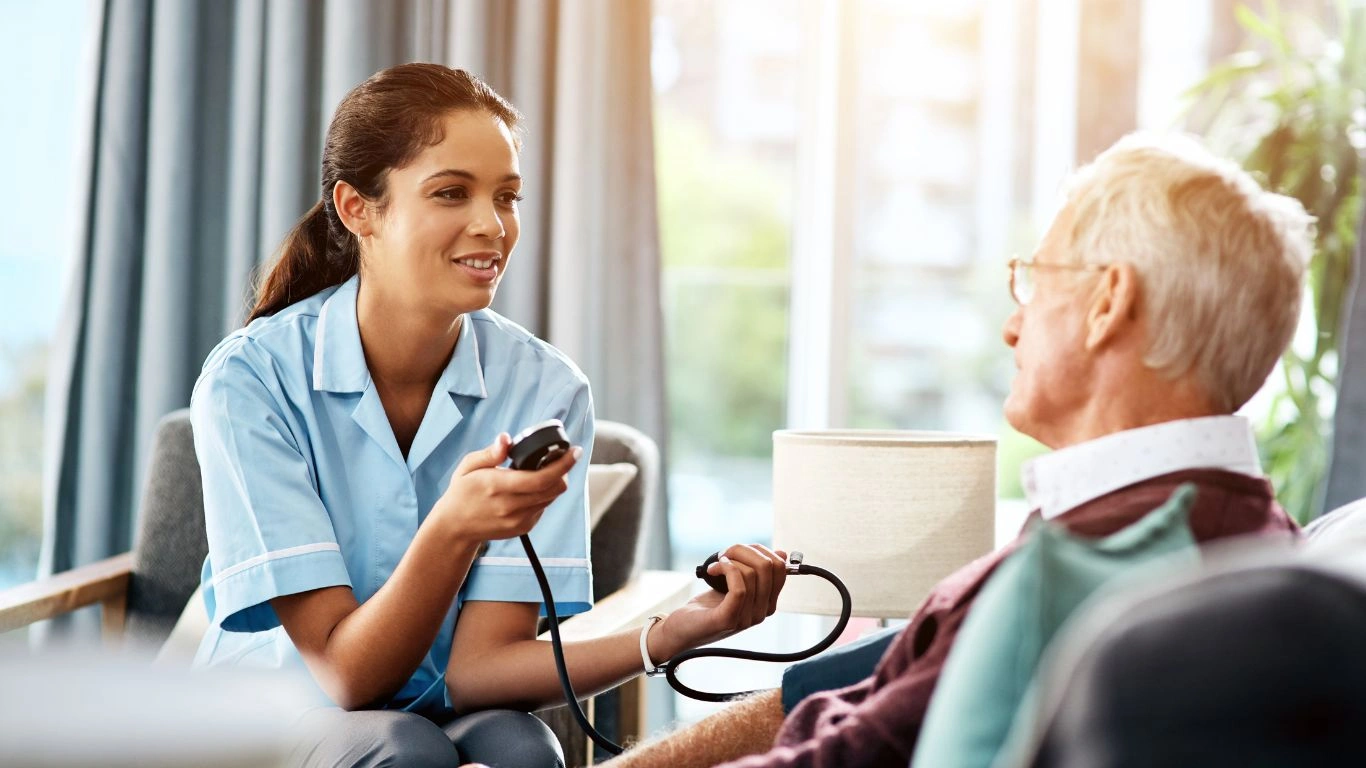
What Does the Research Say?
Research supports the idea that cycling can significantly improve blood pressure. In one study, participants who cycled for 30 minutes a day, five times a week, showed a significant reduction in both systolic and diastolic blood pressure. And it’s not just about intense cycling sessions. Even moderate cycling, like a leisurely ride for 30 minutes, can help lower blood pressure over time.
Cycling for Hypertension: How Much Is Enough?
If you’re dealing with high blood pressure, you’re probably wondering how much cycling is needed to see benefits. Here’s the good news: You don’t have to ride for hours on end to make a difference.
- Aim for 150 minutes of moderate aerobic exercise each week. That breaks down to about 30 minutes a day, five days a week. If you’re just starting out, begin with shorter sessions and gradually work up to longer rides.
- Intensity matters: The intensity of your cycling session can also play a role. Moderate intensity, where you’re working hard enough to get your heart rate up but not so much that you’re gasping for air, is ideal for improving heart health.

How to Make Cycling Work for You
To get the most out of cycling for blood pressure, here are some practical tips to keep in mind:
1. Start Slow
If you’re new to cycling or haven’t ridden in a while, ease into it. Start with shorter rides (10-15 minutes) and work up to longer sessions. Your body needs time to adjust.
2. Mix It Up
Try mixing in some interval training. Alternate between moderate cycling and short bursts of faster riding. This can really boost your cardiovascular health and help lower your blood pressure faster.
3. Keep It Fun
Find routes you enjoy! The more fun you have, the more likely you’ll stick with it. Whether it’s scenic bike paths or challenging hills, cycling doesn’t have to feel like a chore. 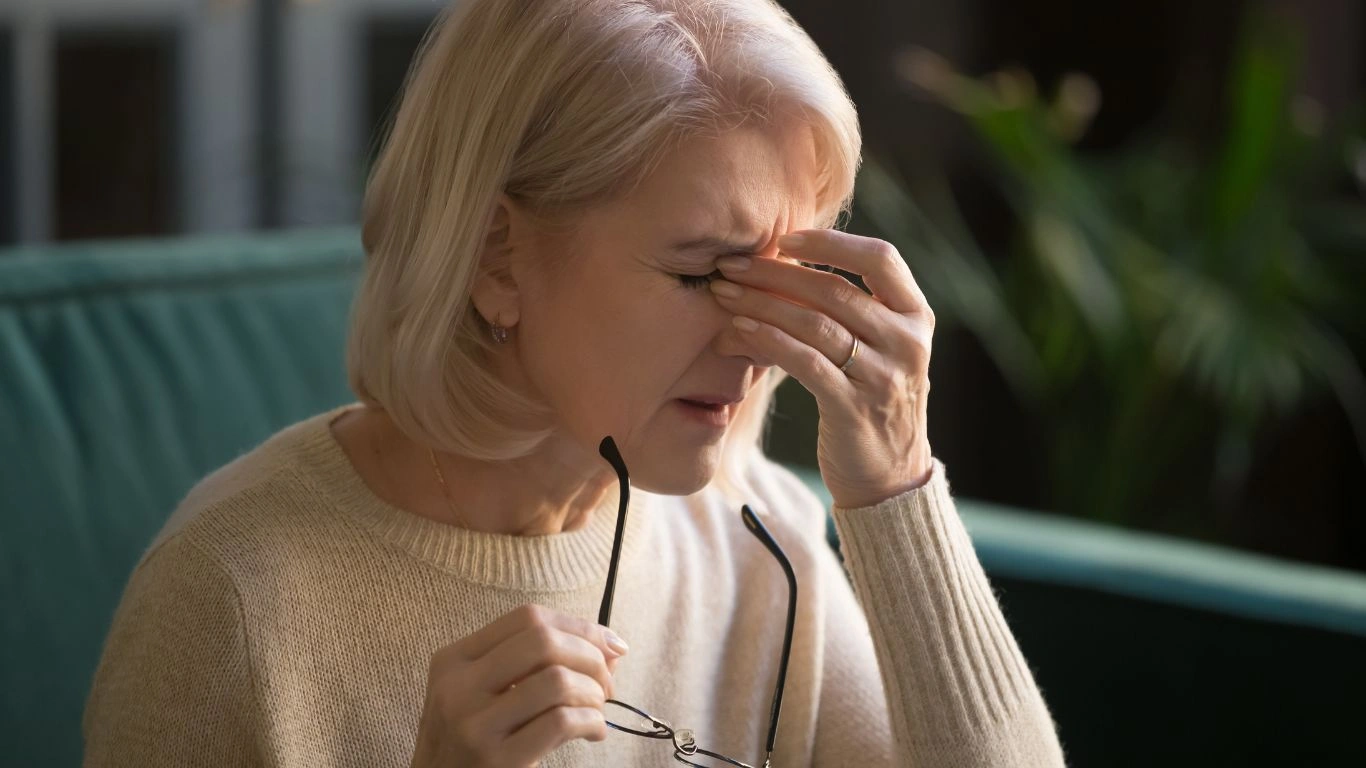
4. Check Your Gear
Make sure your bike fits you well. If you’re uncomfortable, you won’t enjoy the ride, and that might make you less likely to stick with it. A properly fitted bike can make all the difference.
Other Lifestyle Tips to Pair with Cycling
While cycling is fantastic for your blood pressure, combining it with other healthy lifestyle changes can make a huge difference. Consider these alongside your cycling routine:
- Eat a Heart-Healthy Diet: Focus on eating foods that lower blood pressure, like fruits, vegetables, whole grains, and lean proteins. Reducing salt is also key.
- Limit Alcohol and Caffeine: Both can cause temporary spikes in blood pressure, so it’s worth watching how much you consume.
- Get Enough Sleep: Poor sleep can negatively impact your blood pressure, so make sure you’re getting 7-9 hours a night.
- Stay Hydrated: Drinking water helps maintain healthy blood volume, which can help with circulation and overall blood pressure regulation.
Conclusion
Cycling is a low-impact, fun, and effective way to lower blood pressure and keep your heart healthy. Whether you’re an experienced cyclist or a beginner, even a little bit of cycling can make a big difference. Just make sure to be consistent, gradually increase your intensity, and pair cycling with a healthy lifestyle for the best results.
Appendices
Frequently Asked Questions (FAQs)
- Can cycling really lower my blood pressure? Yes! Regular cycling, especially at moderate intensity, can help lower both systolic and diastolic blood pressure over time.
- How often should I cycle to improve my blood pressure? Aim for at least 150 minutes of moderate cycling each week—this breaks down to about 30 minutes a day, five days a week.
- What if I have high blood pressure? Is cycling safe for me? Cycling is generally safe for people with high blood pressure, but always check with your doctor before starting a new exercise routine, especially if your blood pressure is very high.
- Does cycling help reduce stress? Absolutely! Cycling can help reduce stress hormones like cortisol and improve overall mood.
- How fast should

Dr. Gwenna Aazee is a board-certified Internal Medicine Physician with a special focus on hypertension management, chronic disease prevention, and patient education. With years of experience in both clinical practice and medical writing, she’s passionate about turning evidence-based medicine into accessible, actionable advice. Through her work at Healthusias.com, Dr. Aazee empowers readers to take charge of their health with confidence and clarity. Off the clock, she enjoys deep dives into nutrition research, long walks with her rescue pup, and simplifying medical jargon one article at a time.
